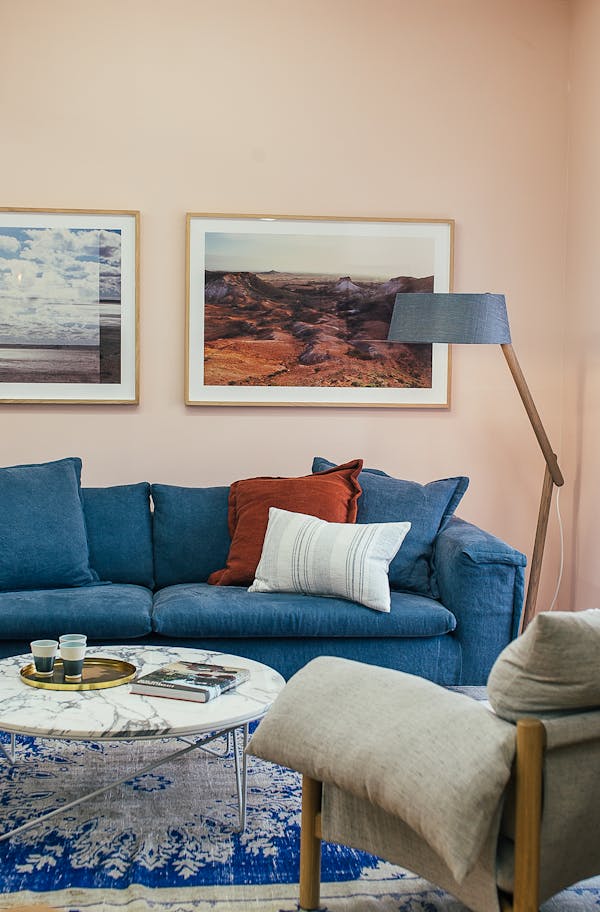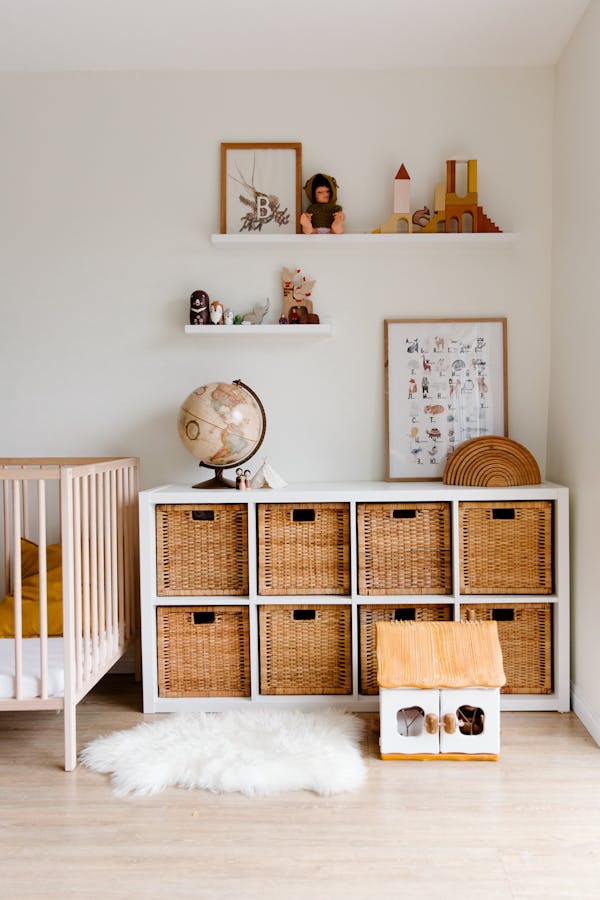Your living room is more than just a room where you watch television. When it is decorated in just the right way it can be a room where you can relax, as well as a place where the family will be eager to gather and spend quality time. Everyone needs a space in their home where they can kick back and let go of the stressful activities of the day. With the right touches, your living room can become that space and so much more
Ideal Relaxing Living Room Shades
One of the biggest mistakes people make when decorating their living room is using a colour that is not the most relaxing shade.
Blue
Shades of blue in the living room can be tricky, but if the proper shade is chosen, blue can do wonders for the soul. Robin’s Egg Blue and Turquoise are two great shades of blue to use in a living room, as they are happy and bright. These shades also bring an overwhelming feeling of calmness.
Purple
A rich shade of purple is elegant and sophisticated. These attributes can provide boosts of confidence and feelings of well-being. Purples that feel luxurious also bring out strong creativity. If your family members love to write, paint, or play music while relaxing together in the living room, purple would be an excellent choice.
Green
Living rooms decorated mainly with shades of green are the most calming rooms. This shade lets people unwind while also keeping them alert and focused enough to maintain conversation and attention to those around them. Sage is a very popular shade of green for living and family rooms
Colours to Avoid
Though certain varieties of colour are ideal for living rooms, some of their closest colour wheel counterparts give the opposite effect. Though they may seem like they would be comforting, many of these shades bring negative emotions to the mind, giving you the opposite feeling that you want to experience while in your living room.
Dark Blue
Shades of dark blue, though they may seem deep and comforting, bring out feelings of sadness. Dark blue is reminiscent of a brooding, stormy sea. These are not the feelings you want in the most social room of your home.
Yellow
It is widely believed that yellow rooms upset young children, and make adults irritable. In other rooms, it can produce feelings of cheerfulness with its sunny charm. In a large space meant for relaxing, it has the opposite effect. Yellow can be used in the living room as an accent colour for decorating purposes, but should never be used as the main colour of the room.
Orange
While orange is the most invigorating colour of the spectrum, it is not well suited for living rooms. Accent pieces will brighten the spirit, but orange as the main colour stifles the body’s ability to relax rather than nurture it.
Neutral Colours- Do or Don’t?
Neutral colours are often the fallback choices for people who are unsure which colour to choose for their living room. Neutral shades are a comfortable, safe choice; however, they do go out of fashion from time to time. Black should never be used for a large portion of the living room, as it is extremely overpowering; but many home decorators recommend that all rooms have a hint of black for grounding purposes.
Living Room Designs That Promote Relaxation
Once the colour of the living room has been decided; you can take the next step to create your relaxation grotto: choosing the furnishings and accents that tie the whole room together.




